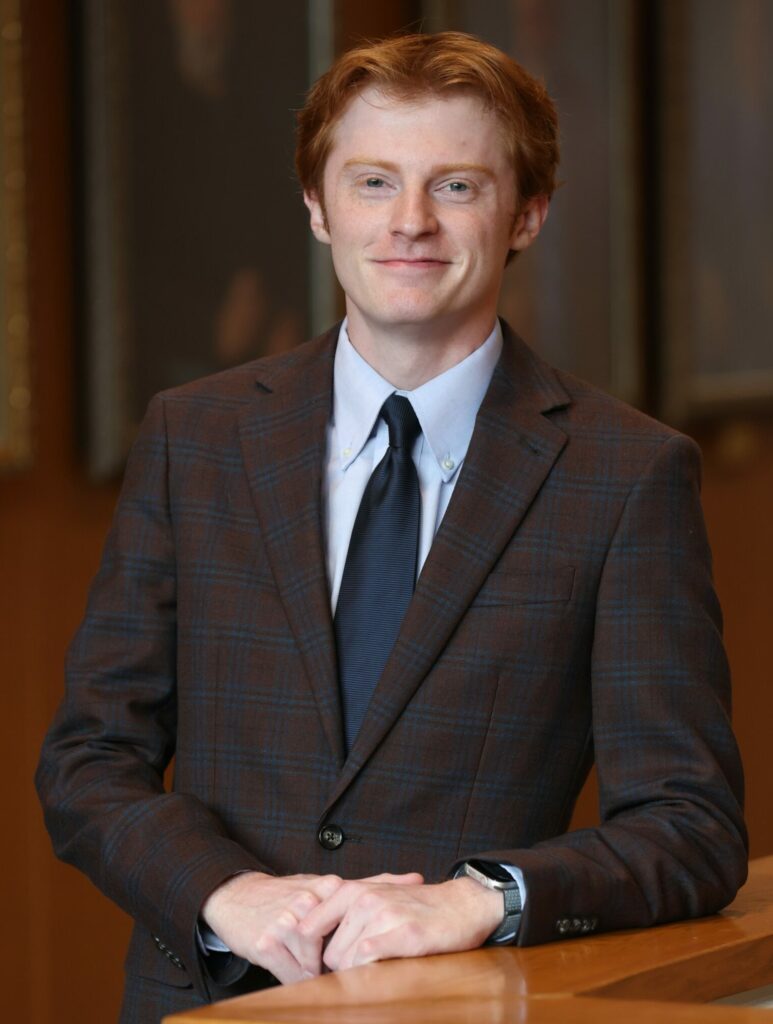
As part of Drake Law School’s new AI Law Certificate program, which emphasizes interdisciplinary learning and prepares students to navigate the evolving intersection of law and technology, 3L Jack Norton completed an innovative Individual Study project last spring. Under the supervision of Professor Sayoko Blodgett-Ford and in collaboration with Professor Jamey Hart from Drake’s Art and Design Department, Jack explored the intersection of AI, trademark law, machine learning, and color theory. To inform his legal research, he enrolled in Professor Hart’s Painting I course, where he gained hands-on experience with color theory before applying those concepts in his analysis. His project examined how AI and machine vision recognize and interpret color in the context of trademark protection, specifically, how pharmaceutical products like Nexium, with their distinctive purple coloring, are perceived and protected. By combining artistic practice with legal scholarship, Jack gained a deeper understanding of how technology and art can intersect in shaping the law. Below, Jack discusses his project and the impact it’s had on his legal education.
Why is it important for law students and lawyers to learn about AI?
AI truly is everywhere. It has become so pervasive in so many aspects of our daily lives that it is not possible to ignore the ways in which it is rapidly transforming several areas of the law and the legal profession in general. As new technologies continue to develop, lawyers need to be prepared to confidently and competently address the complex questions and client concerns that are bound to arise in the coming years. Whatever area of the law we end up practicing in, as law students we should be building that foundation now as we prepare to start our careers.
How did the interdisciplinary approach to your research improve the results of your work?
Being able to approach interesting legal topics from the perspective of observational painting was not only incredibly fun but offered such a unique and fresh perspective to supplement my studies and add to my understanding of some of the ways AI and machine vision are changing the way we think about intellectual property law. A significant part of an introductory painting class is calling attention to the way we see the world around us, which ended up being a fantastic framework to apply towards questions related to the use of machine vision. Thanks to the guidance of professors Blodgett-Ford and Hart, I was able to engage with fun and challenging topics while also developing a new skill and pushing myself in a way I did not initially expect from law school.
Has this project influenced your future plans for after law school?
I was already interested in intellectual property and AI going into this project, but participating in this program has definitely increased my desire to engage with these areas of the law. I currently work at F3, an education law firm here in Des Moines, and one of the practice groups I have enjoyed working with most has been the education technology group because of the opportunities I have had to work on assignments related to the use of AI in education.

